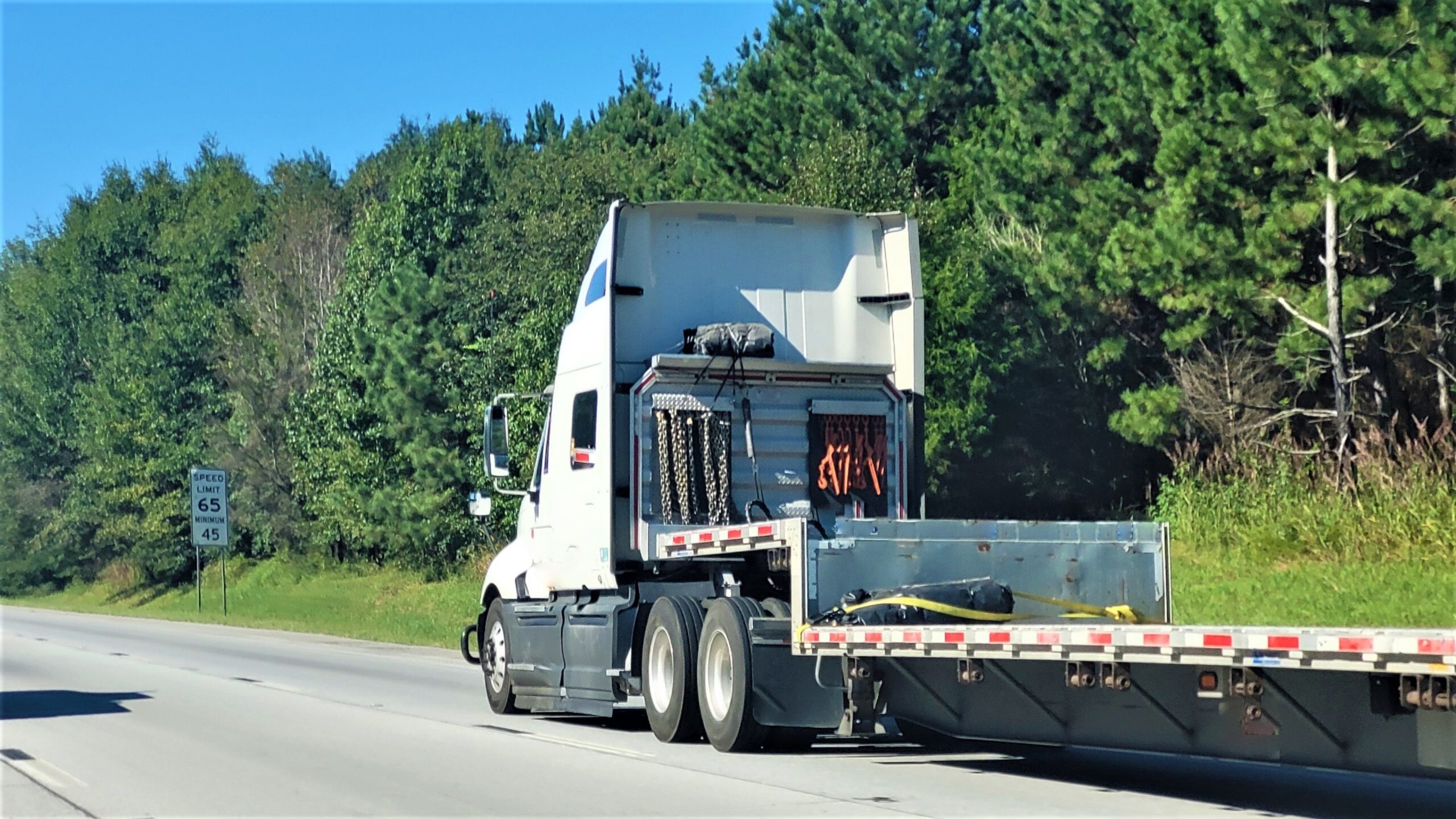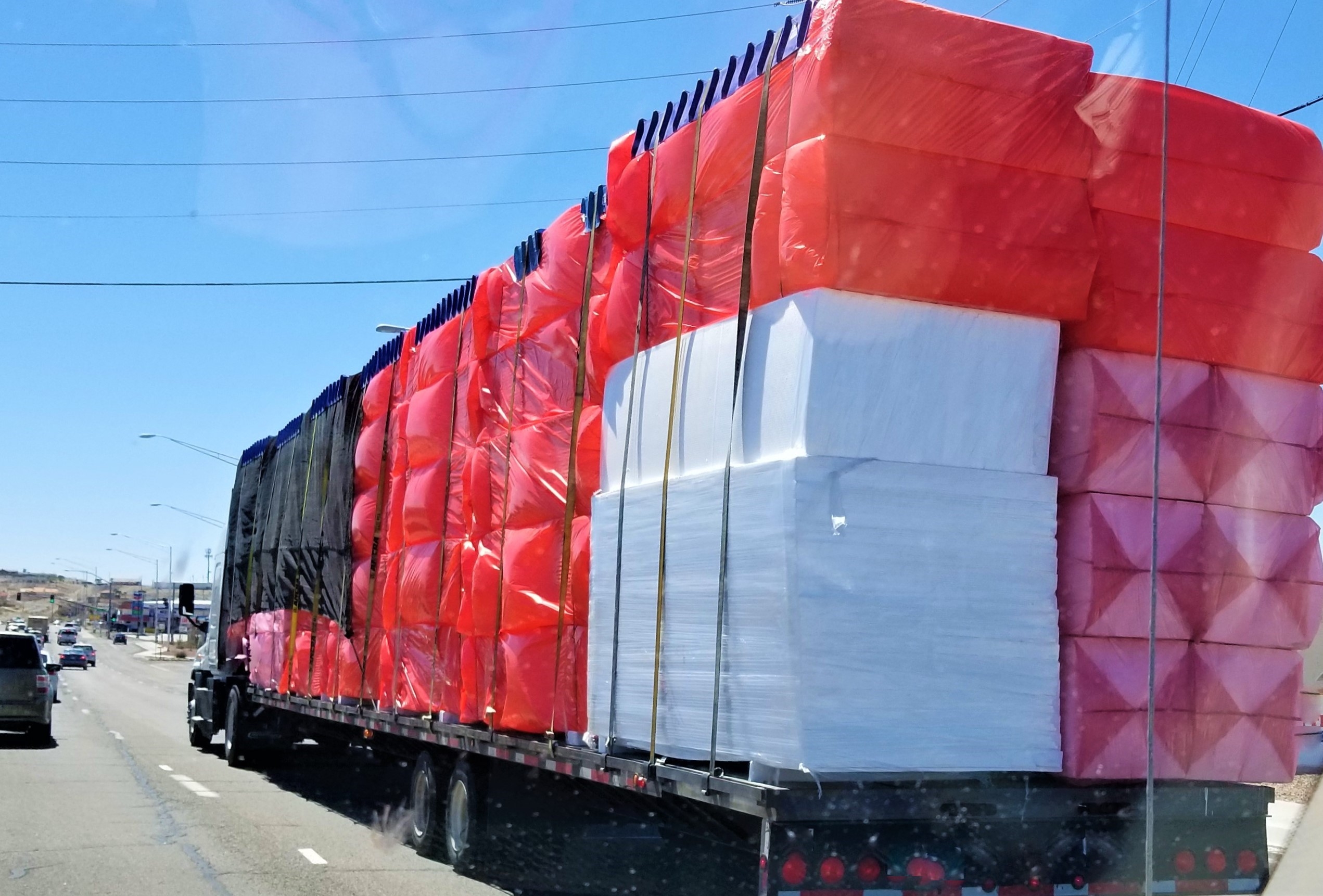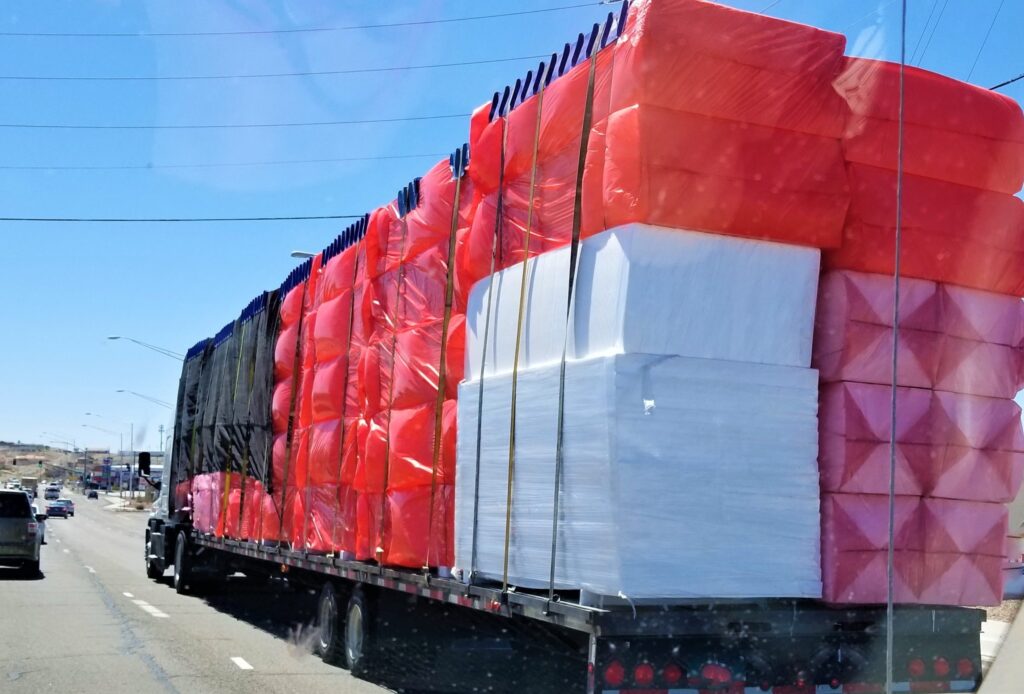Empty miles in logistics are a circumstance that has long plagued the transportation industry, but those who are not familiar with the concept may be wondering:
- What are empty miles in logistics?
- What are the side effects of empty miles?
- And finally, how do transportation and logistics companies avoid empty miles?
Well luckily, we’ve dived into research to provide the answers to these questions for you.
Defining ‘empty miles’ in logistics
An empty mile (or empty miles) in logistics is the distance a truck travels with no cargo being transported by the vehicle.
They may otherwise be referred to as non-revenue or deadhead miles, an inefficiency that occurs when a truck returns back to base or to a different pickup location after delivering a load, and they are unable to find a backhaul for the return journey that meets the driver’s schedule.
Research suggests that it is a prevalent occurrence and one that logistics experts have contended with for decades.
The true cost of empty miles
Research by the American Transportation Research Institute (ATRI) has found that over the past decade, empty miles have accounted for 15-20% of trucking miles, and it all comes at a significant cost.
Even then, experts in the field have expressed concerns that this figure is underestimated due to underreporting in the surveys, which is an inherent methodology issue.
The true figure is estimated to be more around the 20-35% mark, meaning that one-third of the miles are predicted to be driven empty.
Uber Freight

That equates to a lot of unutilised miles, which causes a number of unwanted repercussions: drivers waste precious time and fuel that could be better served actually transporting cargo, expenses of which get passed over to the shippers and logistics companies.
It is therefore a challenge to find effective solutions to mitigate the impact of these costs, which tend to get passed onto the consumer as product prices are aligned.
There is also the added road congestion, the potential increase in road accidents that this can cause, and the impact that empty miles have on the environment through carbon dioxide pollution – with estimates suggesting the damage is to the tune of around 76 million metric tonnes of CO2 per year.
It all comes at a significant cost, both in the long term and the short term.
How to mitigate empty miles
There are a number of immediate as well as future solutions in the pipeline that will help mitigate the high percentage of vehicles that travel empty miles.
In terms of immediate solutions, load consolidation, combining freight, and load sharing offer effective ways to counter partial loads by ensuring that the full capacity of the vehicle is being utilised and less vehicles are on the road travelling miles without goods.
There are Transport Management Systems available on the market that manage vehicles, drivers, routes and much more within a centralised system with various functionalities that help to reduce empty miles.
They offer the ability, for example, to calculate load utilisation through vehicle specifications, such as weight and cube capacities, so that the use of every cubic metre within the vehicle can be planned and fewer trucks are consequently required to move the same amount of freight.

In addition to this, they utilise route planning software and route optimisation software to ensure that no unnecessary empty miles are travelled by offering through effective planning and by offering the most efficient route when transporting cargo between planned points, including multi-depot and multi-drop.
When the vehicles are transporting cargo, or even when the miles are empty, the vehicle ideally wants to travel as efficiently as possible to mitigate cost. Cost which is further offset by reducing the amount of time planning and solving the logistics of any journey, so your Transport Manager, for example, can prioritise other tasks.
Analysis by Uber Freight suggests that by understanding the number of miles logistics organisations can realistically eliminate by creating full visibility over the entire US freight network, implementing effective ‘network optimisation’, which focuses on visibility, density, and control, empty miles could be reduced in the long term by as much as 64%. Estimations believe this could lead to a 23% reduction in drivers’ overall miles.
They aim to achieve a high level of network optimisation by:
- Offering full visibility over all the shipments taking place on the US freight network and the trucks available to haul them
- Creating a centralised ability to route trucks and assign them to load itineraries
- By deploying hybrid human-autonomous fleets
Other solutions outside of the three primary ones suggested by Uber Freight also include easy load search, whereby haulers can easily find goods to transport on return journeys.
Uber Freight has also started a consultation programme with shippers to enhance supply chain network design to achieve optimisation in all aspects of logistics operations so that they can continue to find innovative solutions to the empty mile problem through direct feedback.
These are just a few innovative solutions that should go some way to helping reduce some of the estimated 3.5 billion hours in total each year that trucks drive while empty, and reduce between 1.5% and 2.5% of greenhouse gas emissions in the U.S.
Complete and outright elimination of empty miles will be a near impossible task, but Uber Freight believes that through their solutions, it could be possible to reduce empty miles by up to 64% and supply the fragmented haulage industry with the much needed efficiency it needs.








